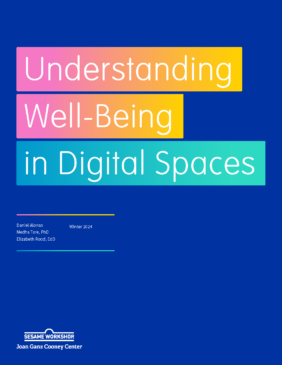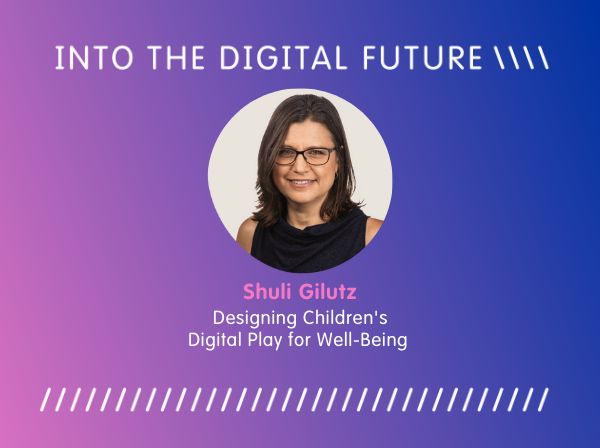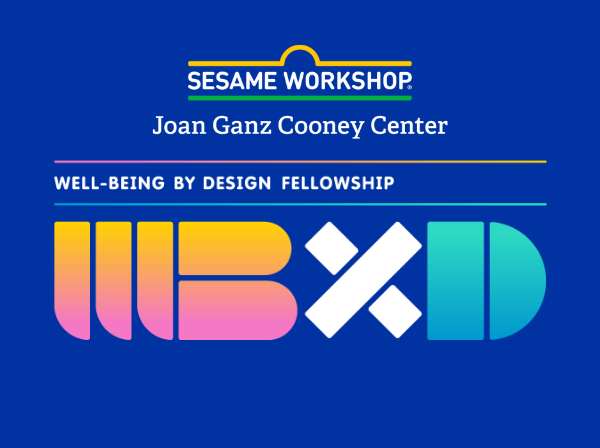
Nearly two billion children across the globe are growing up in an increasingly digital world. Yet even as the ways that kids engage with new technologies constantly evolve, our efforts to attend to their healthy development hasn’t kept pace. It’s time to prioritize the well-being of children in digital spaces, which we believe requires a collaborative effort across academia, industry, the policy community, and practitioners to understand how the design of digital products and services can advance children’s best interests.
One framework that addresses this gap was created by the Responsible Innovation in Technology for Children initiative (RITEC), developed by UNICEF and the LEGO Group and supported by the LEGO Foundation. Initially published in 2022, the framework is based on syntheses of developmental research, qualitative analyses of conversations with children, and quantitative analyses from survey data spanning 30 countries (UNICEF, 2022). It includes eight components: competence, creativity, diversity, equity, and inclusion, emotional regulation, empowerment, safety and security, self-actualization, and social connection. Each component is multidimensional and draws from developmental and cognitive science.
To bring these ideas to life and to elaborate on their connections to digital design, the Joan Ganz Cooney Center has created this guide for developers of interactive products for children. We provide definitions and summaries from related research and offer recommendations for making digital experiences and products for children of all ages. We hope the guide will spark conversations among creators of media and technology for children, inspire them to consider how their products can support children’s well-being, and take action!

